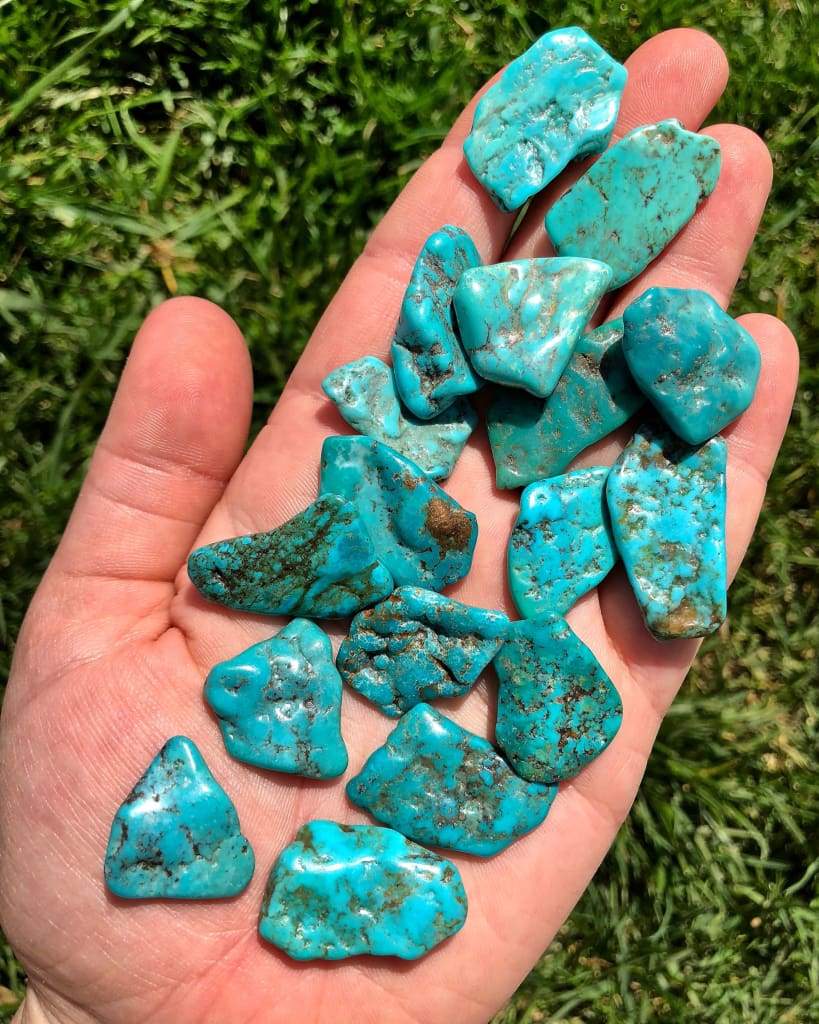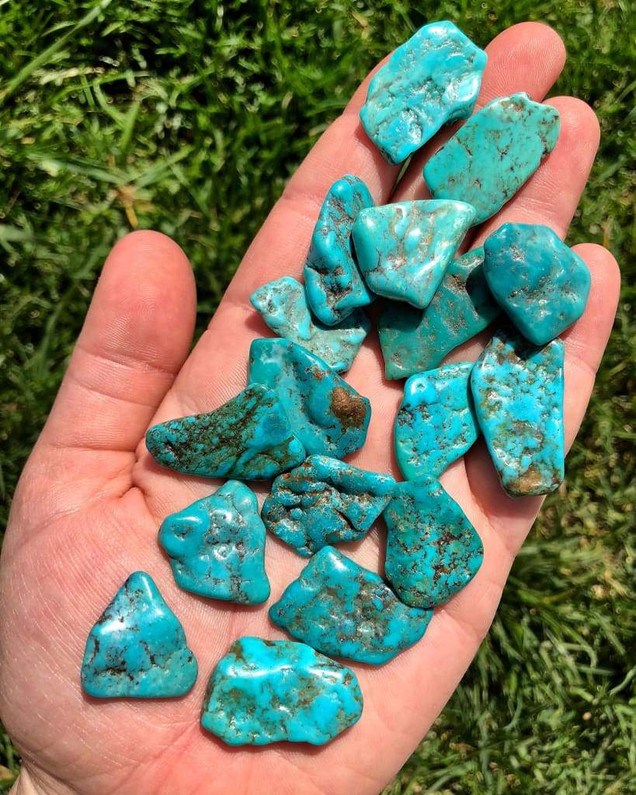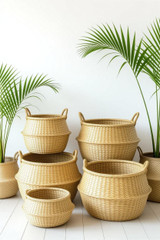Persian Turquoise Stone , Natural stone , healing stone
Turquoise Stone

With the chemical formula CuAl6(PO4)4(OH)84H2O, turquoise is a mineral that appears opaque, blue-to-green and is a hydrated phosphate of copper and aluminium. A rare gemstone and ornamental stone, rose quartz has been prized by cultures for thousands of years for its beautiful hue. Because of synthetic, imitation, and treated turquoise on the market, turquoise has suffered a devaluation.
Gemstones have been known by many names. Pleiny the Elder referred to the mineral as callais (from Ancient Greek *******) while the Aztecs called it chalchihuitl. The word turquoise is an Old French word meaning "Turkish", as the mineral was first brought to Europe via Turkey.
Most turquoise reaches a Mohs hardness of just under 6, or slightly more than window glass. This is a cryptocrystalline mineral, and the composition and properties of turquoise are highly variable. A X-ray diffraction analysis reveals that its crystal system is triclinic. Specific gravity decreases with lower hardness (2.60 to 2.90)[3] and porosity increases with lower grain size.
The first imitation of turquoise was produced by the Egyptians in the form of a glazed earthenware product called faience. Modern times have seen the introduction of advanced porcelain, plastics, and various assembled, pressed, bonded, and sintered products .
As early as 1972, Pierre Gilson introduced a synthetic that was fairly close to a true one (it has a different chemical composition but can be called a simulant instead of a true synthetic). It looks like the natural Nevada material and has a similar spiderweb-like veining to the Gilson turquoise.
Since at least 2,000 years ago, Iran has been a major source of turquoise. In the early days, Iranians called it "perzah" which means "victory" and when the Arabs came along, they called it "fayrzah", which is pronounced "ferzeh" in Modern Persian. In Iranian architecture, the blue turquoise was used to cover the domes of palaces because its intense blue color was also a symbol of heaven on earth.
Several sites of historic importance have been mined, including turquoise, though some continue to be explored. Because of the small scale and remote nature of the deposits, all of these operations are seasonal. A majority of the work is done by hand, with very little or no machine assistance. Turquoise is often mined as a by-product during large-scale copper mining operations, particularly in the United States.
Iranian turquoise
When heated, the deposit turns green due to dehydration. Mines are only found in one mine-infested area in Nishapur, higher than 2,012 meters (6,601 feet) in Ali-mersai, near Mashhad, capital of the province of Khorasan in Iran. A material made of trachyte and broken trachyte is host to turquoise, which is found both in situ and in the scree at the base of the mountain. Combined with those of the Sinai Peninsula, these workings are amongst the earliest known. Turquoise mines are also found in Semnan and Kerman provinces.
Recent Posts
-
Order the Best Boss Day Gifts for Male & Female Bosses in the UAE from Craftihouse.com
Every year, Boss’s Day is the perfect opportunity to show appreciation for the people who lead, ment …13th Oct 2025 -
How This Gift Came to Life: The Story Behind Our Palm Leaf Baskets
How This Gift Came to Life: The Story Behind Our Palm Leaf Baskets In a world where everything is be …8th Oct 2025 -
Handmade Leather Key Chains – Timeless Souvenirs & Everyday Companions
Handmade Leather Key Chains – Timeless Souvenirs & Everyday Companions Introduction In a world where …25th Sep 2025




